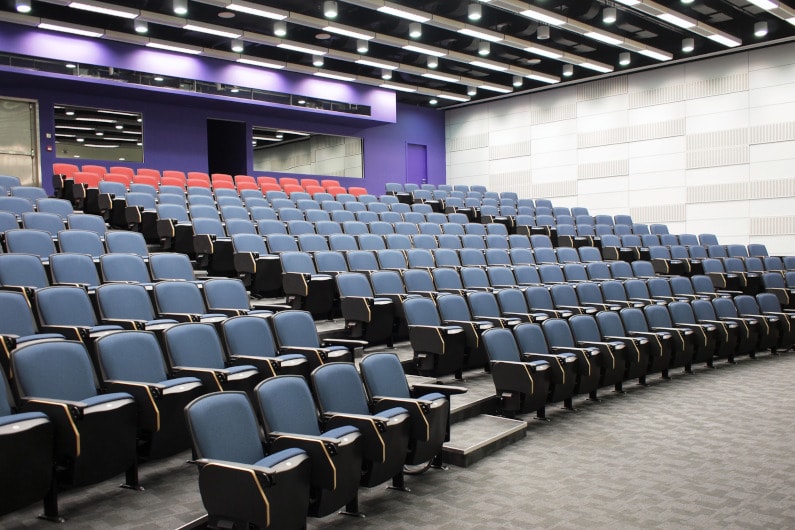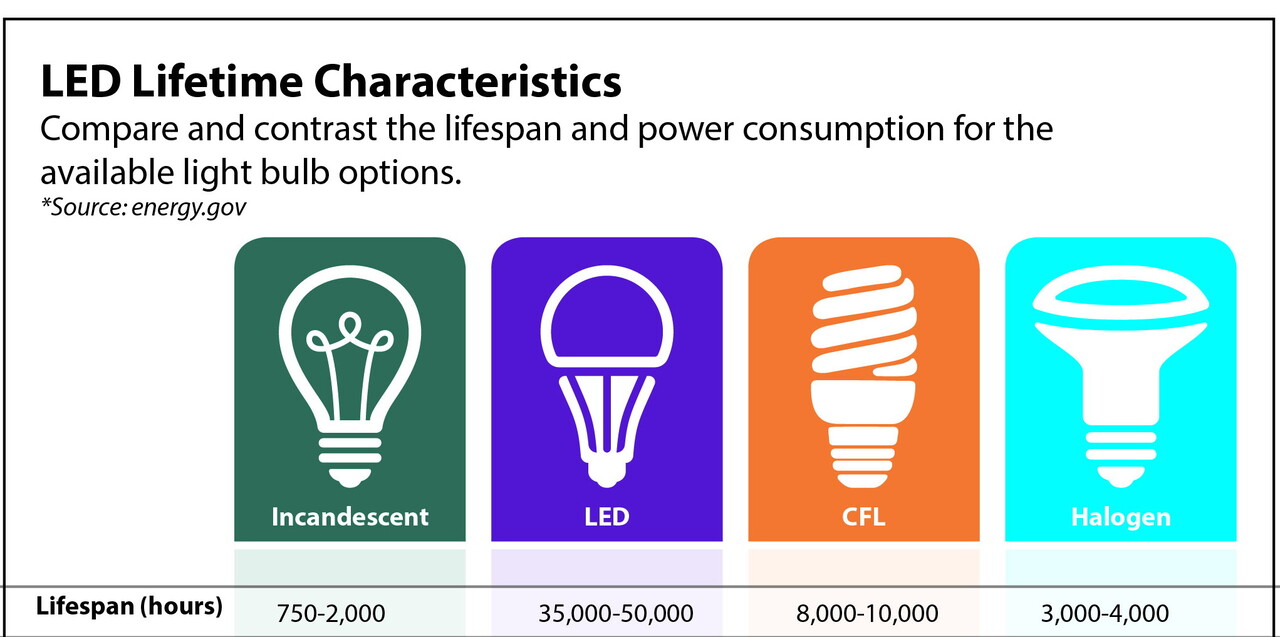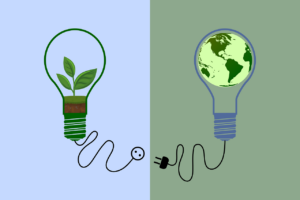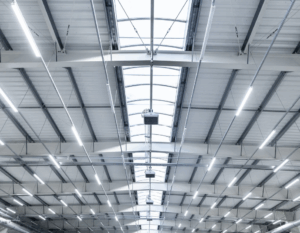Introduction
In today’s fast-paced educational landscape, the need for effective, efficient, and environmentally responsible solutions is greater than ever. One area often overlooked in this quest for improvement is lighting. However, modern lighting can be a game-changer, enhancing education in ways you might not have considered. From boosting student performance and well-being to increasing energy efficiency and safety, this comprehensive blog will delve into how modern lighting solutions offer a wide range of benefits for educational institutions. Join us as we explore how these multifaceted advantages, shedding light on how modern lighting enhances education and can transform your educational environment for the better.
Improved Student Performance and Well-being
Better Concentration
One of the most critical aspects of lighting in educational settings is its impact on student concentration. High-quality lighting—particularly LED lighting with adjustable color temperatures—can mimic natural daylight, which has been shown to enhance cognitive functions such as concentration, memory retention, and problem-solving skills.
Research indicates that poor lighting can strain eyes, leading to headaches, fatigue, and a decline in concentration levels. In contrast, a well-lit classroom can significantly improve focus, enabling students to absorb and retain information more efficiently.
Emotional Well-being
There’s a clear correlation between natural light exposure and emotional well-being. Students who learn in environments with ample natural light or lighting systems that closely mimic it often experience lower levels of stress and anxiety.
Seasonal Affective Disorder (SAD), a type of depression associated with changing seasons and reduced exposure to natural light, can also be alleviated through better lighting solutions. Modern LED systems can simulate natural light variations throughout the day, helping to regulate students’ circadian rhythms and boost their mood.
Reducing Eyestrain and Physical Discomfort
Another overlooked benefit of modern lighting is the reduction of eyestrain and physical discomfort. Traditional fluorescent lights flicker and can produce glare, causing discomfort and even leading to longer-term vision problems. LED lights, with their consistent illumination and reduced glare, make for a more comfortable reading and learning experience.
Energy Efficiency and Cost Savings
Lower Energy Bills
Traditional lighting solutions like fluorescent and incandescent bulbs are notoriously energy-inefficient. Incandescent bulbs convert only about 5-10% of the energy they consume into light, with the rest lost as heat. Fluorescent lights fare a bit better but still lag behind modern options.
LEDs, on the other hand, can be 60-80% more energy-efficient. This means they require fewer watts to produce the same amount of light, directly translating to lower energy bills.
Reduced Maintenance Costs
LED lighting solutions often come with life spans exceeding 35,000 hours—some even reach 100,000 hours. This longevity sharply contrasts with the 1,000-hour lifespan of a typical incandescent bulb or the 8,000-hour lifespan of a standard fluorescent tube.
What does this mean for educational institutions? Fewer disruptions due to maintenance and fewer costs associated with replacing burnt-out bulbs. When you consider the scale of a school or college campus, which can have hundreds or even thousands of lights, the cost and labor savings become substantial
Long-Term Budgetary Benefits
When factoring in the reduced energy costs and minimal maintenance, modern lighting systems can often pay for themselves within a few years. After that, educational institutions can expect ongoing savings that can be redirected to other essential areas like educational programs, infrastructure, or staff salaries.
Environmental Sustainability
Reduced Carbon Footprint
Conventional lighting systems, like incandescent and fluorescent bulbs, not only consume more electricity but also contribute to larger carbon footprints. The energy these bulbs use is often generated from fossil fuels, which emit substantial amounts of greenhouse gases.
Switching to LED lighting can be transformative. LEDs are up to 80% more efficient, reducing the overall demand for electricity. This efficiency directly translates to reduced greenhouse gas emissions, helping the institution take a significant step toward environmental responsibility.
Responsible Disposal
The extended lifespan of LED lights means fewer units need to be manufactured, transported, and disposed of compared to traditional lighting systems. This results in fewer raw materials being used, less energy consumed in manufacturing and transportation, and reduced waste in landfills.
Additionally, LEDs do not contain harmful substances like mercury, commonly found in fluorescent lights, making them safer to dispose of and less harmful to the environment.
Lower Heat Emission
Traditional lighting systems emit a considerable amount of heat, contributing not only to increased energy use but also to air conditioning costs. The lower heat output of modern lighting options like LEDs means that climate control systems have to work less, saving energy on multiple fronts.
Safety and Security
Uniform Lighting
Traditional lighting systems often produce uneven light distribution, creating shadows and dark spots that can be unsafe in both indoor and outdoor areas of a campus. These blind spots can be hotbeds for accidents and can compromise security.
Modern lighting solutions, especially LED fixtures, offer far better uniformity in lighting. Better illumination of walkways, parking lots, stairwells, and hallways minimizes shadows and makes it difficult for threats to go unnoticed, thereby enhancing overall safety.
Smart Control Systems
Modern lighting can be integrated into broader security systems, creating a comprehensive safety net. Motion-activated lights can deter unauthorized entry and can be synced with security cameras to turn on when activity is detected, making the surveillance more effective. Light fixtures can also be programmed to change color or flash in patterns during emergencies, guiding people towards exits or safe zones.
Lowering Accident Risks
Proper lighting is essential for visibility, especially in areas like laboratories, gymnasiums, and workshops where the risk of accidents is high. With options to adjust the color temperature and brightness, modern lighting solutions can be customized to the specific needs of these specialized environments, reducing the risk of accidents related to poor visibility.
Energy-Efficiency Meets Safety
While it may seem counterintuitive, the energy efficiency of modern lighting systems can contribute to safety. Because LEDs and similar technologies require less power, backup generators are more effective in keeping lights on during power outages, ensuring continual safety and security measures.
Conclusion
From enhancing student performance and emotional well-being to promoting energy efficiency, cost savings, environmental sustainability, and safety—modern lighting solutions offer a myriad of benefits that go far beyond illumination. By integrating advanced lighting technologies, educational institutions can create a more conducive, safe, and sustainable learning environment. This is an investment that not only pays off in terms of improved educational outcomes but also in operational savings and reduced environmental impact. Simply put, updating your lighting systems is an illuminating step toward a brighter, better future for everyone involved.
Take the first step toward a brighter, safer, and more sustainable future for your institution. Contact Daisy Energy today for a FREE consultation on how you can benefit from a lighting retrofit.
The journey to a better learning environment begins with a single, well-lit step. Make that step with Daisy Energy.
Contact Us Now for Your Free Consultation
Don’t miss this opportunity to make a transformative change. Light up the path to a brighter educational future today!





































